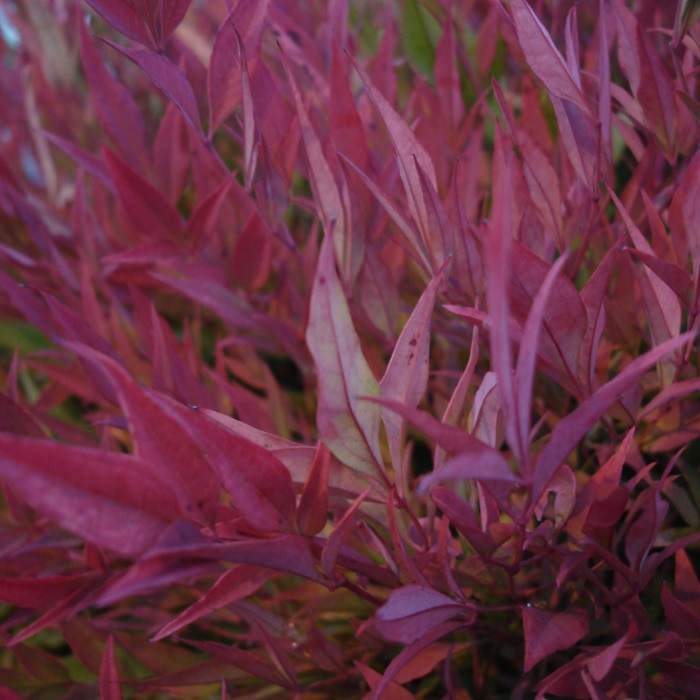UNITED STATES—Mild winter weather on the West Coast limits the choices for autumn color. So many of the trees, shrubs, vines and perennials that get so colorful where autumn weather is cooler do not get so colorful here. Mild weather also allows so many more evergreen plants and plants that do not get colorful in autumn to thrive here than in harsher climates. Consequently, the tougher and more colorful plants are not so common.
Fortunately for those who appreciate autumn color, there are a few choices that do not mind mild weather. The three most reliable trees for autumn color are sweetgum (liquidambar), Chinese pistache and flowering pear. All three turn yellow, orange and red. Maidenhair tree (gingko) is just as reliable, and turns bright yellow, but lacks orange and red. (‘Saratoga’ gingko turns pale yellow.)
If the weather is right, fruitless mulberry, tulip tree, black walnut and the various poplars display clear yellow foliage. Eastern redbud can do the same, but is a small tree. Smoke tree and crape myrtle are large shrubbery or small trees that can get as colorful with yellow, orange and red as Chinese pistache does. Japanese maples have the potential to turn yellow or even orange, but more often turn dingy brown.
Grapevines and wisteria are vines that can be somewhat colorful if they hold their foliage long enough to get noticed. Boston ivy, which is actually more closely related to grapevines than to ivy, is the most colorful of the vines in autumn. Unfortunately, it can be too destructive to paint, wood and whatever else it grabs hold of to be practical for home gardens. It works nicely on indestructible concrete walls.
Heavenly bamboo, which seems to have appealing but distinct foliar color for every season, turns richer shades of reddish bronze through autumn. Some cultivars turn rich brown. Others become more purplish red or burgundy. Unlike other autumn foliage that sooner or later falls through winter, heavenly bamboo is evergreen, so hold its color until it gets replaced by another color in spring. Unfortunately, there are not many other evergreens that turn color in such mild weather.
Highlight: Heavenly bamboo
Good old-fashioned Heavenly bamboo, Nandina domestica, which can almost reach the eaves, can be difficult to obtain nowadays. More compact modern cultivars do not get much more than six feet tall, and some stay less than three feet tall. Foliage is airier in partial shade, but more colorful where more exposed.
As it begins to emerge in spring, new foliage is pinkish or reddish before greening. It slowly bronzes by autumn. Some cultivars turn ruddy or orangish, or even burgundy. Individual leaves are actually quite large, but are divided into many small, diamond shaped leaflets. Some cultivars have very narrow leaflets. Tiny white flowers bloom through summer. Bright red berries ripen through autumn.
Although unrelated, Heavenly bamboo grows like bamboo, with vertical canes developing from creeping rhizomes. Overgrown or deteriorating canes should be cut to the ground as they get replaced by newer canes. Otherwise, they become top-heavy and inhibit development of new canes. Foliage should not be shorn, since it is not much to look at without its naturally intricate texture.






